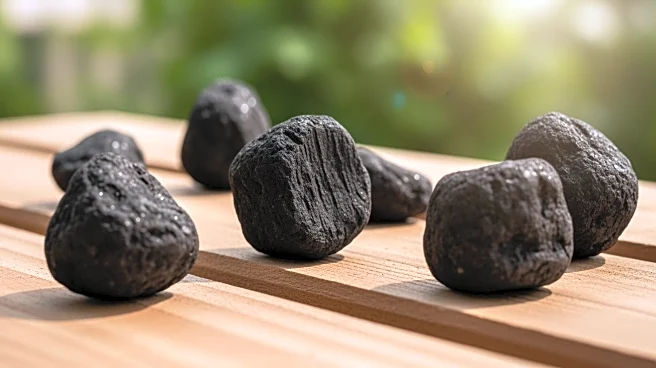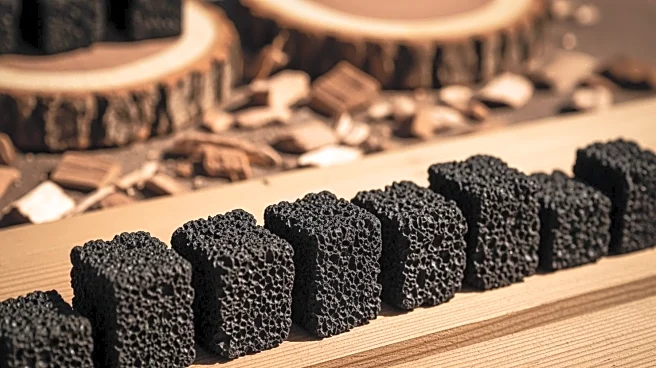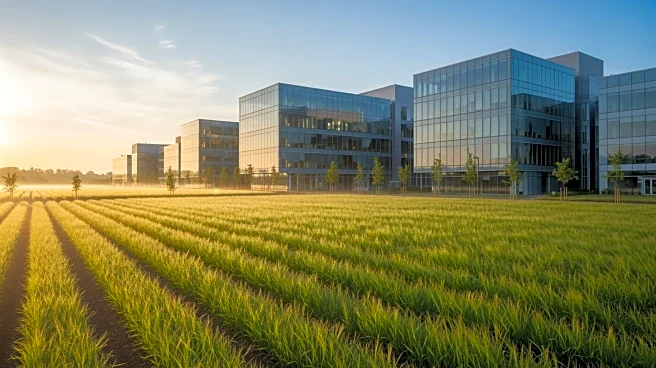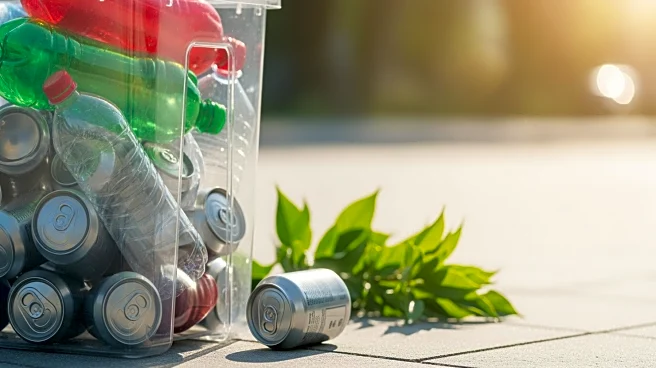What's Happening?
A study evaluates biochar extraction from waste tree stumps using different pyrolysis systems, highlighting its potential for carbon sequestration and waste reduction. Biochar, produced from oak stump waste,
improves soil fertility and reduces greenhouse gas emissions. The study compares two pyrolysis systems, revealing differences in environmental impacts and carbon sequestration potential. Biochar production is seen as a valuable tool for climate change mitigation, offering a sustainable alternative for waste management.
Why It's Important?
Biochar production from waste tree stumps presents a promising solution for sustainable waste management and climate change mitigation. By sequestering carbon and improving soil quality, biochar contributes to reducing greenhouse gas emissions and enhancing agricultural productivity. This approach supports broader climate goals and offers a viable method for achieving carbon neutrality, making it an important development in environmental sustainability.
What's Next?
Future research should focus on optimizing pyrolysis conditions and exploring alternative feedstocks to maximize environmental benefits. Scaling up biochar production faces challenges such as residue availability and economic sustainability, but it holds potential for significant climate change mitigation and environmental restoration.











